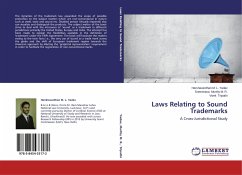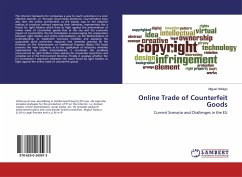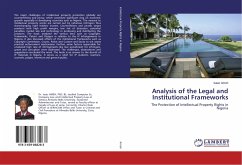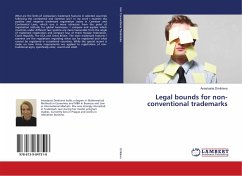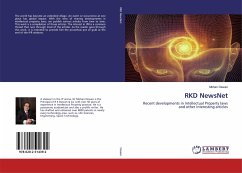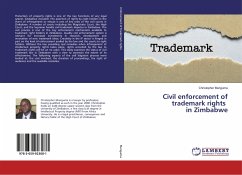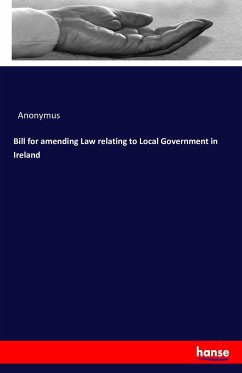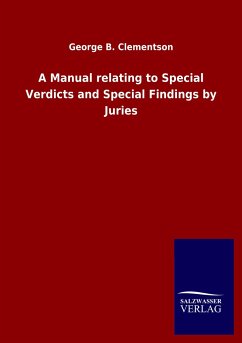The dynamics of the trademark law expanded the scope of possible protection to the subject matters which are non-conventional in nature such as smell, taste and sound etc. Disabled person (Visually impaired) also can visualize and distinguish the products. The subject matter of the book strive to deal with the intricacies of 'sound' as a trademark in different jurisdictions primarily the United States, Europe and India. The attempt has been made to explain the flexibilities available in the definition of 'trademark' under the TRIPs Agreement. The book will fascinate the readers owing to the twin facts i.e., the very use of sound as a trade mark across the globe and the shift of European trademark regime towards the American approach by diluting the 'graphical representation' requirement in order to facilitate the registration of non-conventional marks.
Bitte wählen Sie Ihr Anliegen aus.
Rechnungen
Retourenschein anfordern
Bestellstatus
Storno

